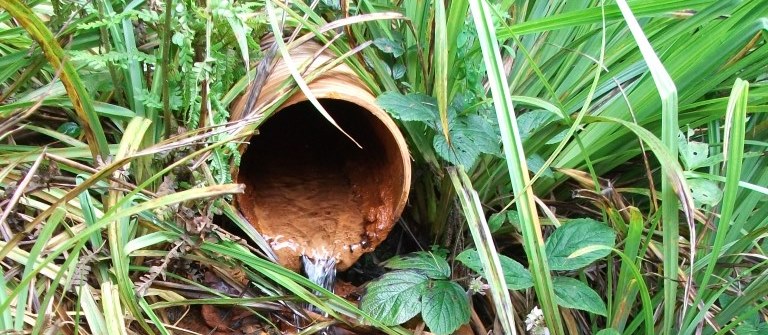Here is the abstract to my paper presented at the 2015 ICARD conference:
Treatment of mine drainage, during operation and following abandonment, can represent a substantial cost to mine operators and governing authorities. Recovery of valuable metals from mine drainage as part of the treatment process may offset costs, yet this is rarely seen in practice. Industrial-scale metal recovery from mine waters are the preserve of active treatment systems, where reactor conditions are carefully controlled to ensure consistent quality of product. In many circumstances passive treatment is the preferred approach, but close process control is not feasible in these systems. Analysis of substrate from a pilot-scale compost-based passive treatment system, which operated for two years, has been conducted. The treatment system, which harnessed bacterial sulfate reduction to remove metals as their sulfides, showed that under UK regulations used substrate was within the worst-case ‘hazardous’ category due to accumulated zinc, and required pre-treatment due to high total organic carbon. Typical costs for disposal are estimated at 1104 US$/tonne, excluding removal and transport. The majority of zinc accumulates in the upper substrate layer. Greatest zinc concentration of 14,050mg/kg (1.4%w/w) was observed in the 0– 230mm depth layer; whereas in the corresponding lower layer, 230–460mm, zinc was 808mg/kg (0.08%w/w). This suggests that selective ‘harvesting’ of upper substrate layers may reduce waste volumes generated, and higher zinc concentrations may be more amenable to metal recovery. Batch-scale leaching tests have also been undertaken, demonstrating recovery in excess of 83 – 96% of zinc from the upper-layer substrate, depending on acid strength used (20; 100; 500mol/m3 sulfuric acid), within a 100 hour leach test. The results are discussed in the context of the possible economic benefits of metal recovery for passive treatment systems at larger scale.
the full paper can be accessed here
